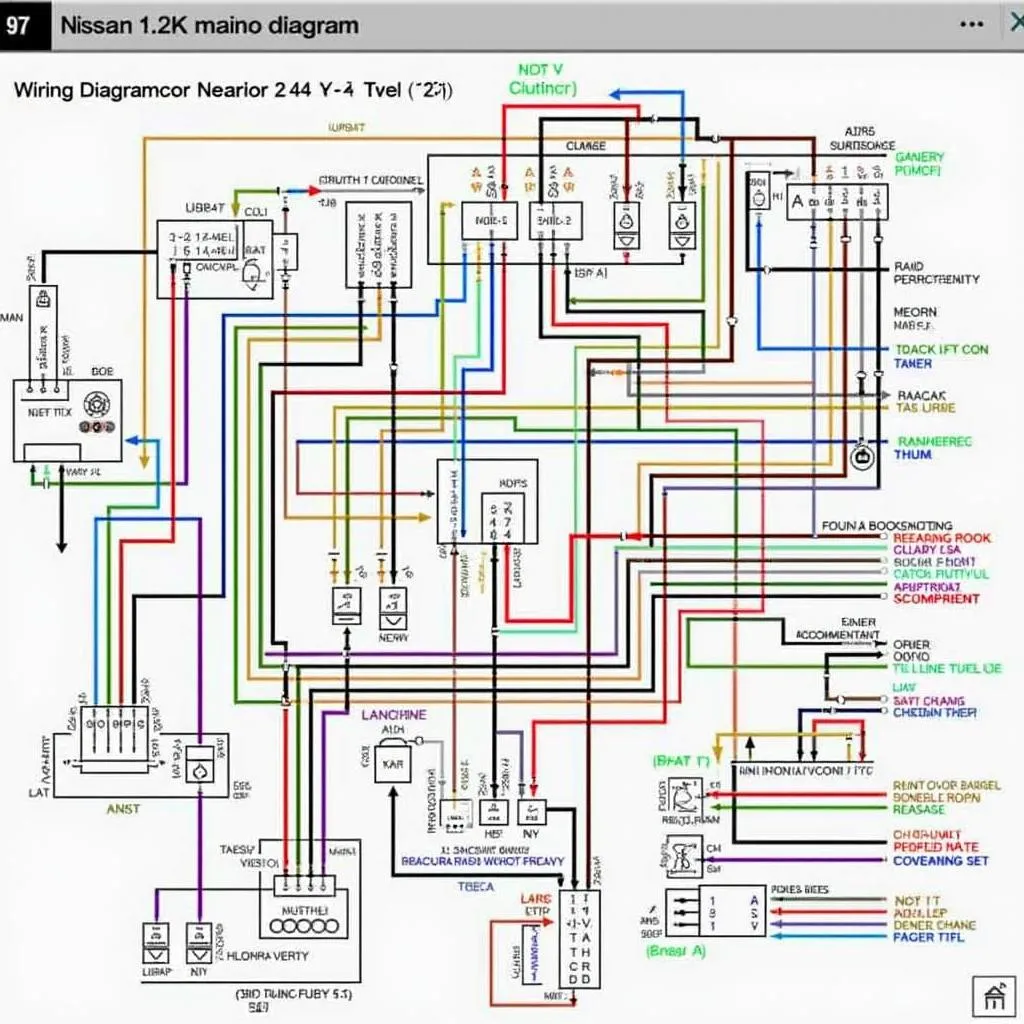The Hyundai Kona brake light warning can be a frustrating issue, but understanding its potential causes and solutions can save you time and money. This guide provides comprehensive troubleshooting steps and expert advice to help you address the brake warning light on your Hyundai Kona. Let’s dive in and get your Kona back on the road safely. 2018 kona brake warning light
Understanding the Hyundai Kona Brake Warning Light
The brake warning light on your Hyundai Kona’s dashboard is part of the vehicle’s safety system. It illuminates when the system detects a potential problem with your brakes. Ignoring this warning can lead to serious safety risks. This light can indicate various issues, from low brake fluid to more complex problems like a malfunctioning ABS system. A steady brake light usually signifies low brake fluid or worn brake pads, while a flashing light often points to a more critical issue with the ABS or electronic stability control.
Common Causes of a Hyundai Kona Brake Light Warning
Several factors can trigger the brake warning light in your Hyundai Kona. These include:
- Low Brake Fluid: This is the most common cause. Brake fluid naturally depletes over time, and low levels can trigger the warning light.
- Worn Brake Pads: As brake pads wear down, they can activate a sensor that illuminates the warning light.
- Faulty Brake Light Switch: This switch signals the brake lights to activate when you press the brake pedal. A malfunctioning switch can cause the warning light to illuminate.
- ABS Issues: Problems with the anti-lock braking system (ABS), such as a faulty sensor or module, can trigger the warning light.
- Parking Brake Engaged: Sometimes, simply forgetting to disengage the parking brake can cause the warning light to stay on.
Troubleshooting Your Hyundai Kona Brake Light
Before rushing to a mechanic, there are some simple checks you can perform yourself:
- Check the Parking Brake: Ensure the parking brake is fully disengaged.
- Inspect Brake Fluid Level: Open the hood and locate the brake fluid reservoir. Check the fluid level and add more if it’s low. Use the correct type of brake fluid specified in your owner’s manual.
- Visually Inspect Brake Pads: Look through the wheel spokes to assess the thickness of your brake pads. If they appear thin, they likely need replacement.
When to Seek Professional Help
If the brake light persists after these initial checks, or if you notice any unusual braking behavior, it’s crucial to consult a qualified mechanic. Issues with the ABS or other complex brake components require specialized diagnostic tools and expertise. Don’t delay seeking professional assistance, as ignoring brake problems can lead to dangerous driving conditions.
Advanced Diagnostics and Remote Software Solutions
Modern vehicles like the Hyundai Kona rely heavily on software. In some cases, a brake light warning can be triggered by a software glitch. A qualified technician with access to remote diagnostic and programming tools can identify and rectify these issues efficiently, sometimes without even needing physical access to your vehicle. 2018 kona brake warning light
Maintaining Your Hyundai Kona’s Brakes
Regular maintenance is key to preventing brake problems. Adhering to the recommended service schedule in your owner’s manual, including regular brake inspections and fluid changes, can help keep your Kona’s brakes in optimal condition and prevent unexpected warning lights.
What if my Hyundai Kona brake warning light is flashing?
A flashing brake light often indicates a serious issue with the ABS or other electronic brake components. It’s crucial to have this checked by a professional immediately.
Can I drive my Hyundai Kona with the brake warning light on?
While you might be able to drive short distances, it’s strongly advised against driving with the brake warning light on. It indicates a potential problem that could compromise your safety.
How often should I check my Hyundai Kona’s brake fluid?
It’s a good practice to check your brake fluid level at least once a month.
“Regular brake maintenance is not just about safety; it’s about preserving the performance and longevity of your vehicle,” says John Smith, Senior Automotive Technician at ABC Auto Repair.
Conclusion
Addressing the hyundai kona brake light warning promptly is crucial for your safety and the longevity of your vehicle. By understanding the common causes and following the troubleshooting steps outlined above, you can take the first steps towards resolving the issue. Remember, if the problem persists, don’t hesitate to seek professional help. 2018 kona brake warning light Regular maintenance is the best way to prevent future brake problems and ensure your Hyundai Kona remains a safe and reliable vehicle.
“Investing in preventative maintenance can save you significant money and hassle in the long run,” adds Jane Doe, Lead Diagnostic Specialist at XYZ Auto Diagnostics.


